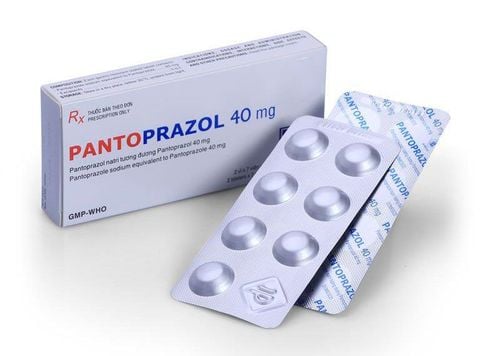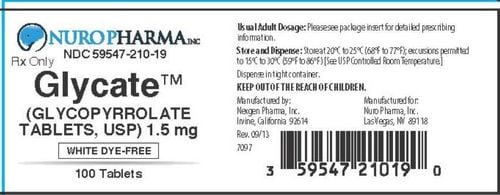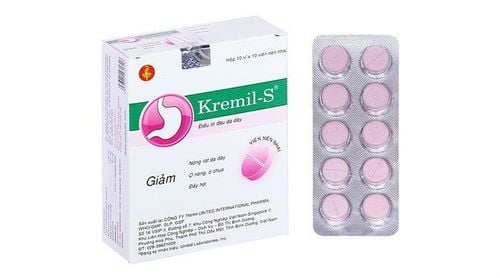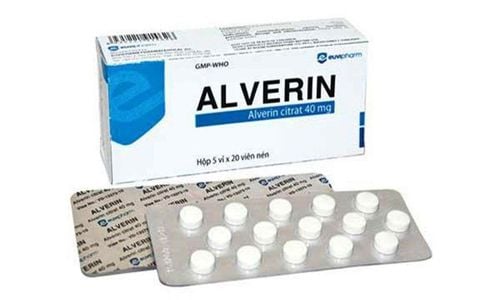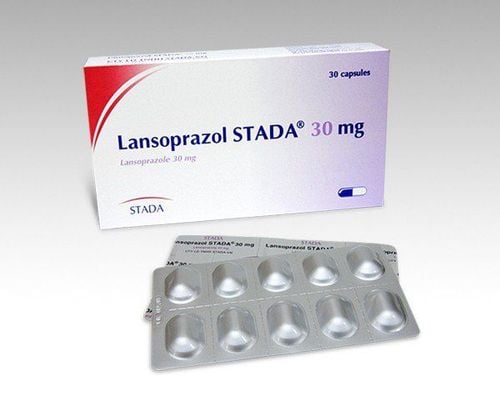This is an automatically translated article.
Trimafort is prepared in the form of an oral suspension, with the main ingredients being Simethicone, Aluminum hydroxide, Magnesium hydroxide. The drug is used in the treatment of increased secretion of gastric acid, flatulence, vomiting, stomach pain, ...
1. Effects of the drug Trimafort
What are the uses of Trimafort? Each 10ml pack contains: 80mg Simethicone, 612mg Aluminum hydroxide and 800mg Magnesium hydroxide. Trimafort is a formulation containing: gastric antacid and simethicone. Aluminum hydroxide (aluminum hydroxide) is a slow acting antacid, Magnesium hydroxide is a fast acting antacid. Antacid magnesium salt also has a laxative effect, so it is often combined with antacid aluminum salt to reduce the constipation effect of aluminum salt. And Simethicone is a defoaming agent, breaking up gas bubbles in the stomach, helping gas escape easily, reducing bloating and discomfort in the stomach.
Indications to use Trimafort:
Patients with acute and chronic gastritis; Patients with antral gastritis, gastroesophageal reflux disease - oesophagitis; Patients with gastritis - duodenal ulcer; The patient has symptoms of abdominal distension, flatulence and dyspepsia; People with acid, alkali or corrosive poisoning cause bleeding. Contraindications to the use of Trimafort:
Patients are sensitive to the ingredients and excipients of the drug; People with severe kidney failure.
2. How to use and dose of Trimafort
How to use: Tear open the package, take between meals or before going to bed.
Dosage:
Adults: Take 1 pack of 10mg/time x 3 times/day; Children: As directed by the doctor. Overdose: In case of an overdose of Trimafort, the patient should immediately notify the doctor or go to the hospital (even if there are no symptoms). Symptoms of drug overdose often include diarrhea. Patients with adrenal insufficiency may experience magnesium toxicity with dry mouth, lethargy, somnolence, and respiratory distress.
Treatment includes gastric lavage , using an enema (except for enema containing magnesium). For people with mild hypermagnesaemia, it is enough to reduce magnesium in the diet. For patients with severe hypermagnesaemia, respiratory and circulatory support is required, and 10-20ml of calcium gluconate 10% by slow intravenous injection is required to reverse the effects on both the respiratory and cardiovascular systems. If the patient has normal renal function, should drink enough water to increase renal clearance, furosemide can be used. Hemodialysis with a magnesium-free dialysate solution removes magnesium, which is needed in patients with renal failure or when other treatments are ineffective.
Missed dose: If you miss a dose of Trimafort, you should take it as soon as you remember. If it is almost time for the next dose, skip the missed dose and take the next dose exactly as prescribed.
3. Trimafort side effects
When using Trimafort, patients may experience gastrointestinal side effects such as diarrhea or constipation. When experiencing these side effects, patients should stop taking the drug and immediately notify the doctor to receive advice and appropriate treatment.4. Be careful when using Trimafort
Before and while using Trimafort, patients should note:
Follow the doctor's instructions on dosage and how to use Trimafort; If symptoms do not improve after 2 weeks of treatment, the drug should be stopped and consulted with a doctor; Do not take Trimafort more than 60ml/day without your doctor's approval; Trimafort may cause phosphate deficiency in patients on a low phosphate diet. This situation can be completely overcome by using milk and substances with phosphate more often. At the same time, patients should be periodically checked for phosphate if treated with Trimafort for a long time; Simethicone (the main ingredient of Trimafort) should not be used to treat abdominal pain in children because there is not enough information on the effectiveness and safety of the drug in this group of people; When taking Trimafort , should avoid using carbonated drinks such as soft drinks, carbonated water or food that can increase the amount of gas in the stomach; Trimafort should be used with caution in the following patients: People with mild to moderate renal dysfunction, patients with myasthenia gravis, patients with congestive heart failure, edema, cirrhosis of the liver, people taking other drugs, the elderly. ; Do not use Trimafort in pregnant women during the first 3 months of pregnancy. In the following months, the drug should be used with caution, not in high doses and for a long time; Trimafort should be used with caution in nursing women because small amounts of magnesium are distributed in breast milk and can be passed on to the infant.
5. Trimafort drug interactions
Antacids interact with many antacids by changing gastric pH, the drug is absorbed, forming an unabsorbed complex. These interactions can be reduced by administering antacids about 2 to 3 hours apart from other medications.
Some drug interactions of Trimafort include:
Aluminum hydroxide may reduce the absorption of concomitant drugs such as: Tetracycline, mudi sit, isoniazid, digoxin, indomethacin, allopurinol, penicilamine, phenothiazines, benzodiazepines, corticosteroids, ranitidine , ketoconazole, itraconazole; If aluminum hydroxide is co-administered with citrate or ascorbic acid, absorption of aluminum from the gastrointestinal tract may be increased; Magnesium hydroxide reduces the absorption of concomitant drugs: Tetracycline, iron salts, digoxin, indomethacin; Magnesium hydroxide reduces the elimination of quinidine, amphetamine leading to increased effects of these drugs; Concomitant use of levothyroxine and simethicone may reduce the absorption of levothyroxine, leading to a decrease in the effectiveness of levothyroxine, causing hypothyroidism. If these two drugs are used concurrently, they should be taken at least 4 hours apart. Simultaneously, monitoring of TSH levels and other assessments of thyroid function is recommended when initiating or discontinuing Simethicone during levothyroxine therapy; Trimafort should not be used concurrently with fluoroquinolones because the drug reduces the absorption of fluoroquinolones. Concomitant use of Trimafort with norfloxacin or ciprofloxacin may increase the risk of urolithiasis and nephrotoxicity; Do not use Trimafort at the same time with methenamine, mecamylamine, sodium polystyrene sulfonate resin. During the course of using Trimafort, the patient should strictly follow all the instructions of the doctor. At the same time, patients should share with their doctor information about the drugs they are taking or the diseases they have/are suffering from so that they can make appropriate adjustments. This helps promote the effectiveness of the drug treatment and reduces the risk of some unpredictable side effects.
Follow Vinmec International General Hospital website to get more health, nutrition and beauty information to protect the health of yourself and your loved ones in your family.
Please dial HOTLINE for more information or register for an appointment HERE. Download MyVinmec app to make appointments faster and to manage your bookings easily.




